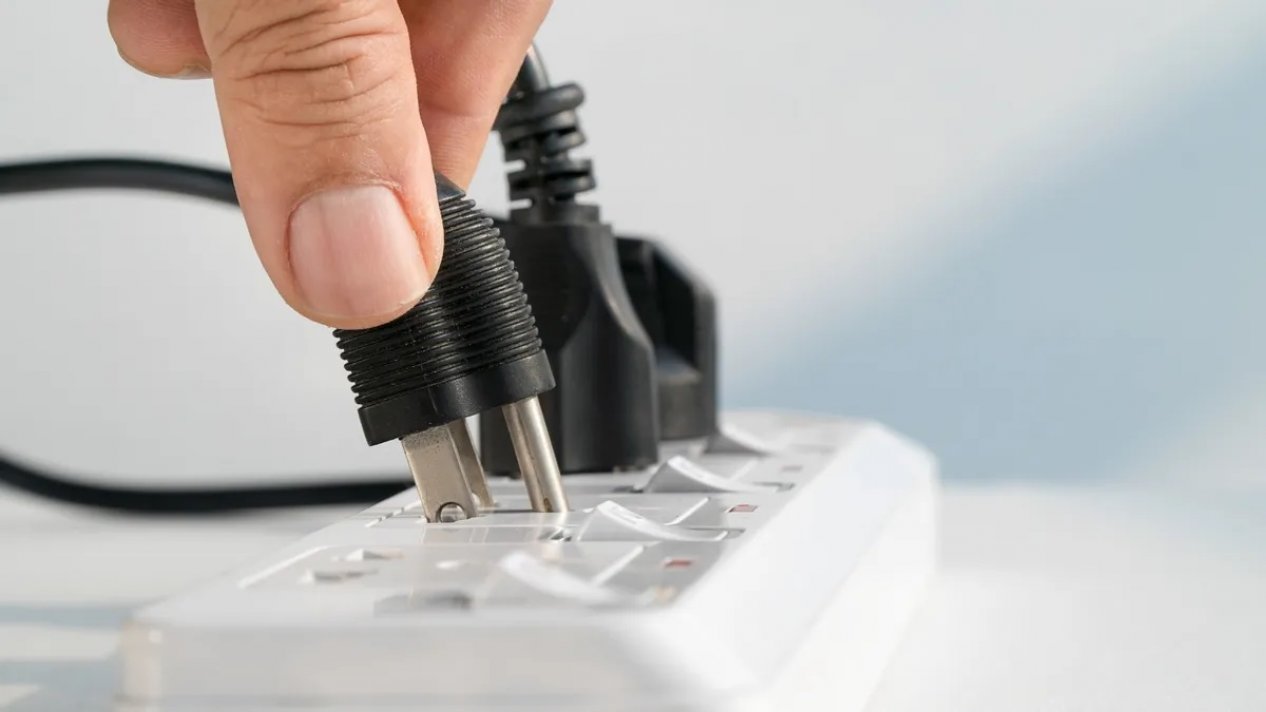
As a general practice, unplugging devices when not in use can help save electricity because nearly all household appliances continue to draw power when in standby or off modes. However ...
What's False
... there are some that do not draw power when turned off, like most lamps and ceiling fans, for example.
On Sept. 22, 2025, a Facebook user posted (archived) to the Middle Aged and Boomers United Facebook group, asking if unplugging appliances and electronics when not in use could save electricity. The post's comment section flooded with hundreds of users offering conflicting answers and theories. The same question has spawned debates on other social media sites like X (archived) and Reddit (archived) since at least 2010. But what is the best practice to prevent unnecessary electricity usage?

In short, it's mostly true that devices when not in use can save energy. As a general practice, unplugging household electronics instead of just turning them off saves electricity. It is worth noting, though, that not every device draws power when in off mode, and not every device should be unplugged — more on this below.

An article (archived) the U.S. Department of Energy (DOE) published in July 2023 outlined a number of energy-saving strategies, including unplugging electronics or turning off power strips. The section in question read as follows:
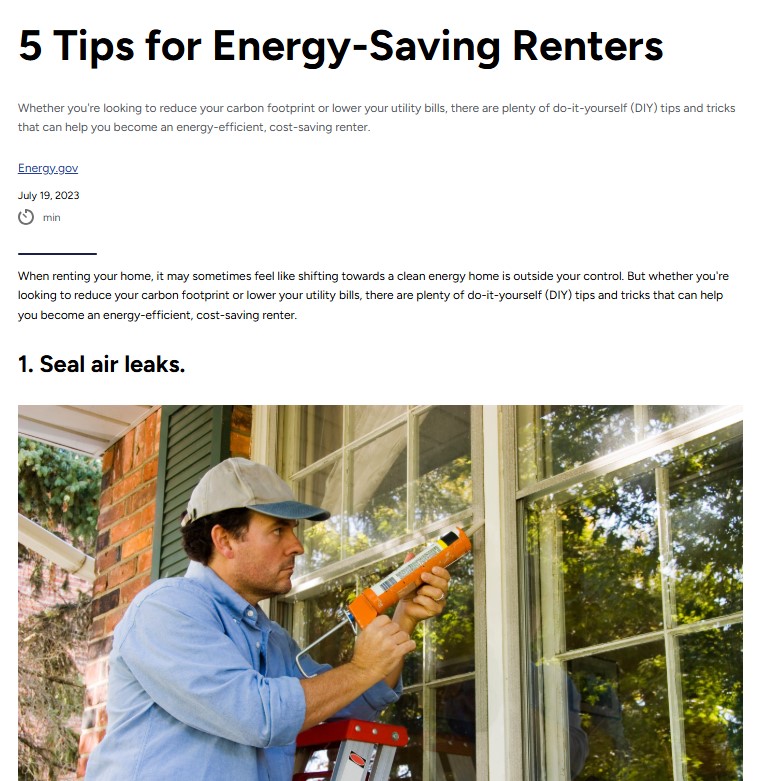
Many appliances and electronics consume energy even when they're turned off but remain plugged in. By connecting these devices to power strips or smart plugs, you can turn them off completely when not in use. This practice, known as vampire power or standby power, can account for a significant portion of your energy bill. By cutting off the standby power, you can make a noticeable dent in your monthly consumption.
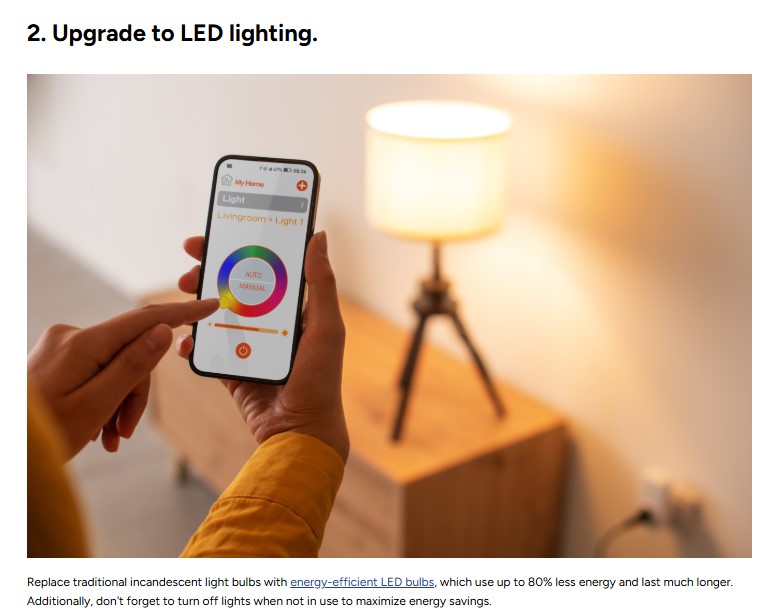


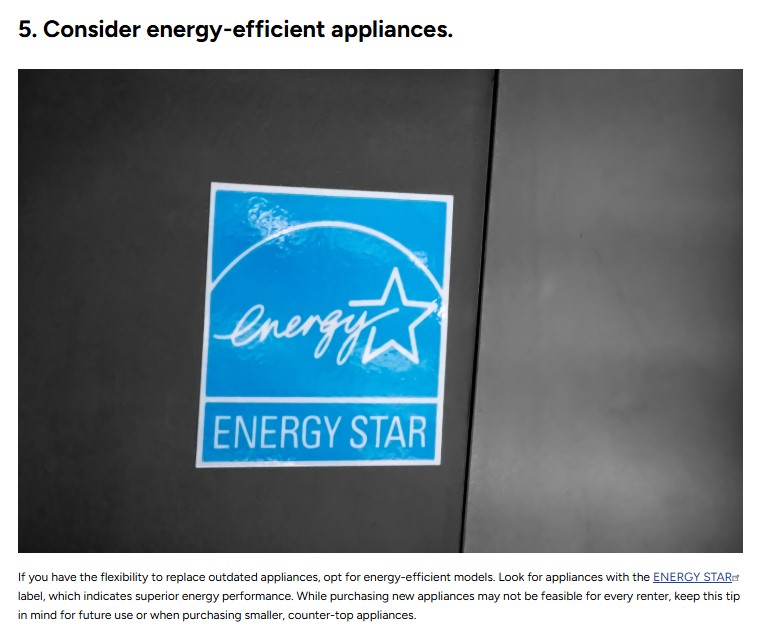
The DOE also posted an article (archived) on its website in 2022 explaining which appliances were "energy vampires," devices that consume power even when off or not in use, and how to stop them. According to the article, common examples of energy vampires in households were hair dryers, coffee makers and computers. However, many of the sources the article cited were no longer available online as of this writing. We reached out to the DOE for more information about energy vampires, and will update this story if we receive a response.
A survey of electrical appliances conducted in 2005 by Energy Efficient Strategies (EES), an Australian energy policy and planning consultant (archived), broke down the specific energy consumption of devices when not in use. The survey compared consumption by devices across a range of modes, namely on, active standby, passive standby and off. Devices in active and passive standby modes draw power when not "performing their main function." We reached out to the EES for more information about the survey and will update this story if we receive a response.
Although the most devices studied in the survey consumed power in standby and/or off modes, a small portion did not. For example, the survey found that only 2.7% of lamps and 3% of ceiling fans it measured consumed power in off mode.
Still, nearly all (archived) new electrical products are energy vampires, according to the website of the Lawrence Berkeley National Laboratory, a federally funded research and development center in Berkeley, California. The lab's website features a list of suggested "unpluggables."
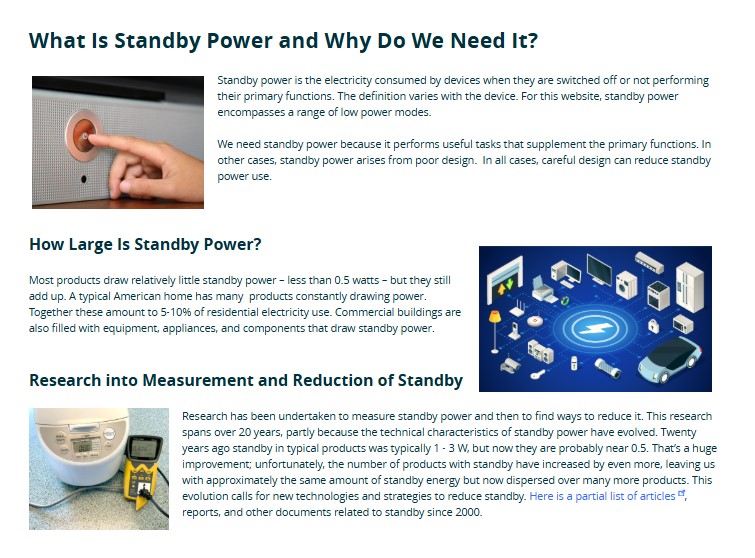
Alan Meier, a senior scientist at the lab, said via email that the EES survey was "excellent" but also noted that, due to its age, some of its findings were now outdated — for example, most devices in 2025 used less power in standby mode than earlier versions, while some (like smart devices) now draw more power to connect to networks. Additionally, he said, an increasing proportion of lamps draw power in standby.
Meier added that there are situations where devices should not be unplugged and recommended weighing the (sometimes small) savings from unplugging devices against the inconvenience. He also warned that some larger appliances, like refrigerators, could introduce health or safety hazards if unplugged and that the act of plugging and unplugging can lead to electrical hazards.

GOOD Magazine published an infographic in December 2007 compiling information from DOE and the EES survey, displaying the amount of energy (in kilowatt hours) and money (in U.S. dollars, assuming 11 cents per kilowatt hour) lost per year from devices not in use. Energy Star, a government-backed label for energy efficiency, shared on its official Facebook page, as shown below. (The EES survey was conducted in Australia, so its results might not be directly comparable to consumption in the United States.)

For more on sustainable electricity, Snopes investigated the claim that windmills consume more energy to build than they ever produce.
Sources
"5 Tips for Energy-Saving Renters." Energy.Gov, https://www.energy.gov/articles/5-tips-energy-saving-renters.
About ENERGY STAR | ENERGY STAR. https://www.energystar.gov/about.
Energy Efficient Strategies. https://www.energyefficient.com.au/profile.html.
Evon, Dan. "Do Windmills Consume More Energy to Build Than They Ever Produce?" Snopes, 17 Aug. 2015, https://www.snopes.com//fact-check/wind-idiot-power/.
GOOD | Inspiring Hope Through Storytelling, Community Building, Innovation, and More. https://www.good.is/.
How to Stop Energy Vampires from Attacking Your Home | Department of Energy. 29 Feb. 2024, https://web.archive.org/web/20240229164017/https://www.energy.gov/energysaver/articles/how-stop-energy-vampires-attacking-your-home.
Smart Devices: Using Them Safely in Your Home. https://www.ncsc.gov.uk/guidance/smart-devices-in-the-home. Accessed 2 Oct. 2025.
"What Can I Unplug Now?" Standby Power, Berkely Lab, https://standby.lbl.gov/what-can-i-unplug-now.
By William Kramer, snopes




















